Maintaining appropriate posture often takes a back seat in today’s hectic modern world, where hours are spent bent over devices and slouched in chairs. Conversely, poor posture can have a wide-ranging influence on health, causing discomfort, agony, and a lower quality of life. It is where Chiropractic Care as a holistic and effective remedy comes in. Chiropractors can employ certain techniques that can help to fix postural issues.
If you opt for a Chiropractor Near Me, contact Dr Brian Nantais from Nantais Family Chiropractic at Elevation Health. He is an expert chiropractor that can offer you the best and most effective treatment based on your health conditions.
Let’s discuss the critical role of Chiropractic Care in treating postural imbalances and restoring bodily harmony:-
- What are Postural Imbalances
- The Chiropractic Approach
- Realizing the Benefits
What are Postural Imbalances:
Postural imbalances emerge when the body’s alignment deviates from its normal and ideal position. These imbalances might be rounded shoulders, forward head posture, and unequal hips, among other things. Prolonged bad posture affects muscles, ligaments, and joints, causing pain and reduced movement.
The Chiropractic Approach:
Chiropractors are skilled healthcare specialists specializing in detecting and treating musculoskeletal disorders such as postural abnormalities. Their method is based on the concept that the spine’s health affects the body’s total well-being.
1. Full Assessment: Chiropractors start with a full assessment, which may involve physical examinations, posture analysis, and imaging studies. This detailed examination aids in the identification of specific postural abnormalities and their underlying causes.
2. Personalized Treatment Plans: Chiropractic Care is not a one-size-fits-all treatment option. Chiropractors provide personalized treatment plans based on the evaluation results for each individual. Chiropractic treatments, exercises, and lifestyle suggestions are common components of these programmes. Contact Dr Brian Nantais from Nantais Family Chiropractic at Elevation Health to get effective chiro care in Canada.
3. Chiropractic Corrections: Adjustments, or spinal manipulations, are at the heart of chiropractic care. Chiropractors straighten the spine and joints with precise and controlled movements. Adjustments decrease nerve pressure, reduce muscle tension, and restore correct joint function, all improving posture.
4. Exercises for Muscle Strengthening and Flexibility: Chiropractors walk patients through exercises designed to strengthen weak muscles and increase flexibility. These workouts target the muscles that are important in maintaining proper posture.
5. Ergonomic Guidance: Chiropractors provide practical advice on improving posture by optimizing workstations, sleeping postures, and everyday activities. Ergonomic changes can help to prevent subsequent postural abnormalities and aid in the healing process.
6. Long-Term Advantages: Chiropractic Treatment not only alleviates the immediate discomfort caused by postural imbalances, but it also has long-term advantages. Chiropractic therapy helps avoid future imbalances and health problems by restoring appropriate alignment and function.
Realizing the Benefits:
Countless people have received life-changing benefits from chiropractic care for postural abnormalities. Improved posture frequently leads to decreased pain, increased mobility, increased energy levels, and a higher overall quality of life.
Conclusion
Chiropractic Treatment is a beacon of hope in a world where postural abnormalities are nearly synonymous with modern living. Chiropractors play an important role in treating postural abnormalities because they recognize the deep relationship between spinal health and general wellness. Chiropractic Care encourages individuals to stand tall, move freely, and embrace a life of balance and energy through personalized treatment plans, adjustments, exercises, and ergonomic counselling. If you are suffering from the symptoms of bad posture, consider going on a chiropractic journey to a healthier, more aligned you. Contact Dr Brian Nantais from Nantais Family Chiropractic at Elevation Health if you opt for chiro care to treat posture issues.

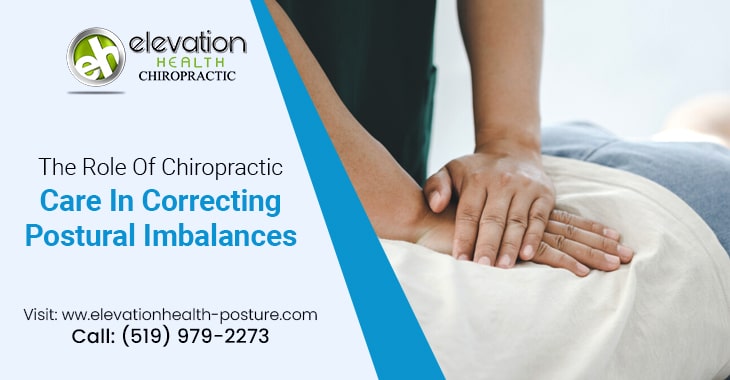
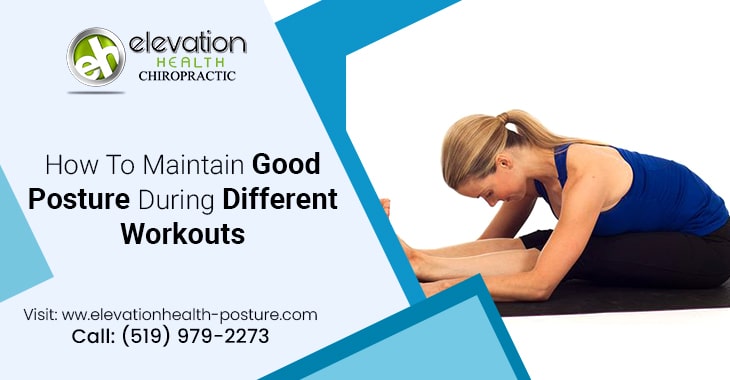
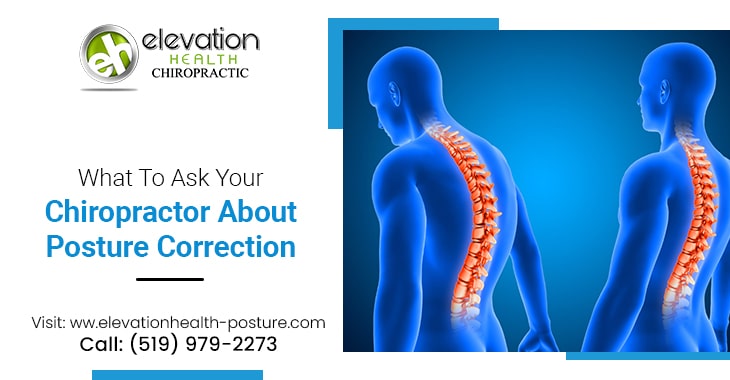
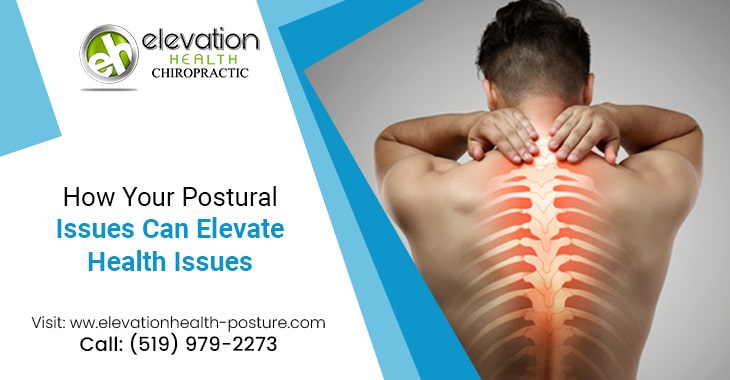
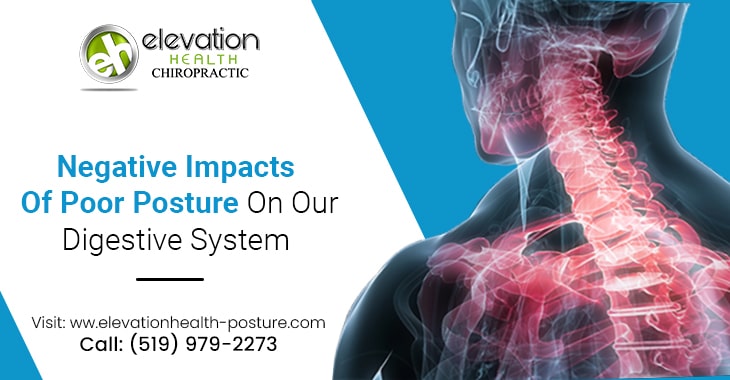
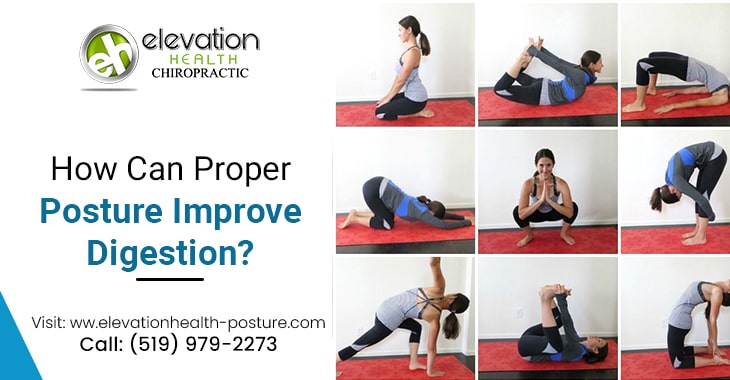

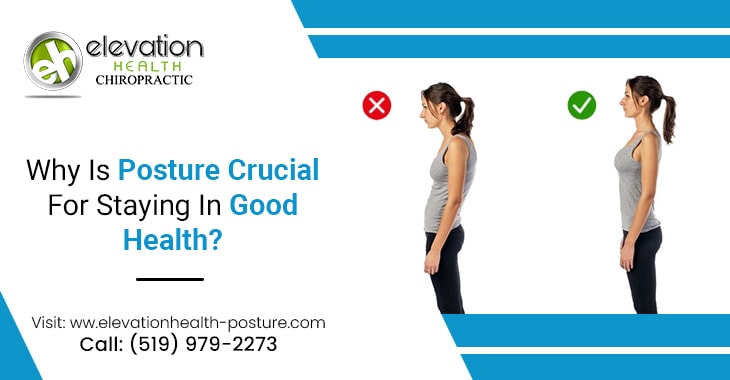









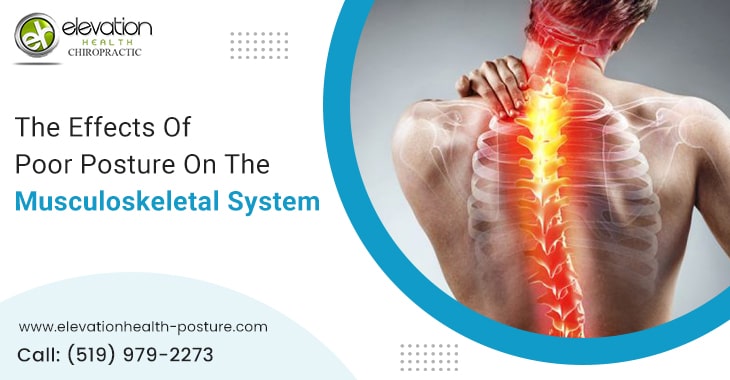





Recent Comments